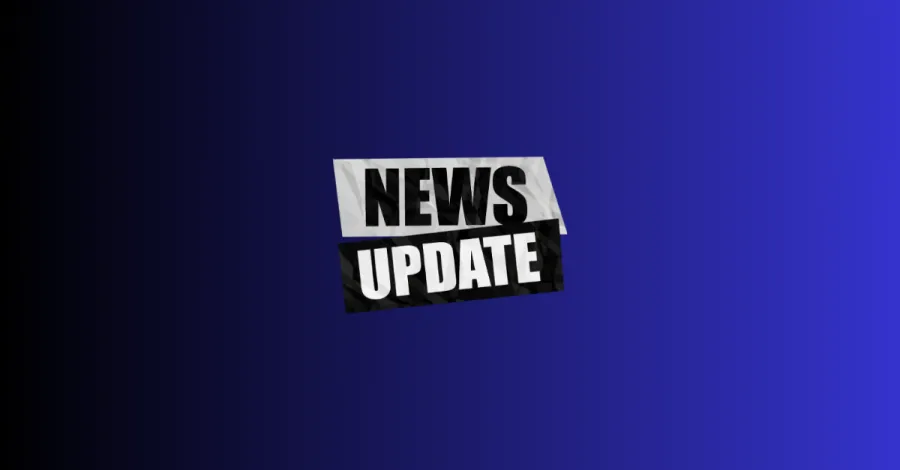CTC Technology report: mobile service not an adequate substitute to robust wireline broadband

The Communications Workers of America (CWA) submitted to the Federal Communications Commission (FCC) an expert report that demonstrates that wireless technologies are not adequate alternatives to robust wireline broadband. The report was prepared by engineers and analysts of CTC Technology & Energy.
CWA submitted the report in response to the Commission’s annual inquiry about whether broadband is being deployed in a timely fashion. In that inquiry, the Commission seeks comment on whether wireless broadband is comparable to wireline broadband, and proposes to downgrade the definition of advanced broadband service from its current 25 Mbps/3 Mbps (download/upload) speed to 10/1 Mbps speed for wireless. The CTC Technology & Energy report conclusively finds that mobile and wireline broadband have been – and will continue to be – essential, complementary services. Americans who have access to only one service – wireline or wireless – will face significant disadvantages relative to their peers.
The report analyzes the current and emerging generation of mobile wireless technologies and compares those technologies to wireline technologies such as fiber‐to‐the‐premises (FTTP), cable broadband, and copper DSL across a range of technical parameters, including reliability, resilience, scalability, capacity, and latency. The report evaluates wireless carriers’ mobile pricing and usage structures – including so‐called “unlimited” data plans – because those policies play a significant role in whether consumers can substitute mobile for wireline service.
The report concludes that, for both technical and business reasons, wireless technologies are not now, and will not be in the near- to medium-future, adequate alternatives or substitutes for wireline broadband.
Technology limitations:
Modern wireline broadband services are superior to wireless services in terms of capacity, reliability, and scalability. While cutting‐edge wireless technologies may surpass the theoretical bandwidth capabilities of some wireline products, FTTP networks easily surpass even the best of all planned or deployed wireless technologies. Even DSL networks can deliver a higher bandwidth and more reliable experience to consumers than can mobile so long as the DSL network is well‐maintained and includes adequate investment in electronics.
Today’s mobile broadband delivers only about one-tenth the speed available from wireline, is subject to interference from foliage and weather conditions, and is not suitable for many applications used by teleworkers, businesses, health professionals, students and others due to its more restricted reliability, latency, and capacity.
Existing mobile technologies must be evaluated based on their actual, current and relatively near‐term performance, rather than on the hypothetical speeds posited for “5G” technologies that the industry suggests will emerge in the coming decade or so. “5G” has not been defined and standards have not been finalized for this new technology. Rather, the term “5G” has effectively served as a marketing tool—suggesting that new technologies that will deliver far faster mobile speeds are somewhere on the horizon. That horizon, from an engineering standpoint, is quite distant—and the path to it is undetermined.
Suggesting that “5G” can currently or in the near to medium term serve as a substitute for adequate wireline service is suggesting that a non-existent, non‐deployed technology should serve as an alternative. The hypothetical “5G” future should not serve as part of the current discussion about the relative merits of existing wireline and mobile networks.
The highest capacity wireless networks still require a large amount of fiber infrastructure for backhaul—meaning that rural communities and other areas where fiber infrastructure is scarce will likely have substandard, inadequate mobile service unless fiber is improved or expanded.
Business and usage policy limitations:
The business policies imposed by mobile companies further impact the usability of mobile service as a primary or sole source of broadband. Mobile pricing and usage limits make mobile service a poor substitute for wireline broadband services.
The recent shift in mobile pricing models from data caps to so‐called “unlimited” plans has not changed this outcome because, even though the product is not capped, users experience significant degradation of speeds via throttling after certain levels of use. Mobile providers dramatically limit customer usage and exert significant control over how applications run on their networks; these policies may have good technical or business justification but they have the impact of making the mobile service far inferior and less usable for consumers than wireline broadband service.
Read the full report here.
“The CTC Report provides further evidence that Americans need access to robust wired and wireless networks,” CWA said in FCC comments. “The Commission must reject its proposal to ‘dumb down’ its broadband definition from 25/3 Mbps (download/upload speeds) to 10/1 Mbps for wireless service. There is still much to be done to ensure that all Americans have access to affordable high-speed broadband.”
Links:
CWA reply comments on FCC’s 706 proceeding (CWA, Oct. 6, 2017)
Mobile Broadband Service is Not an Adequate Substitute for Wireline (CTC Technology, Oct. 6, 2017)
Broadband Brigade members turn out to protect good, union jobs and reliable broadband service
CWA condemns Trump NTIA changes to BEAD funding policies

